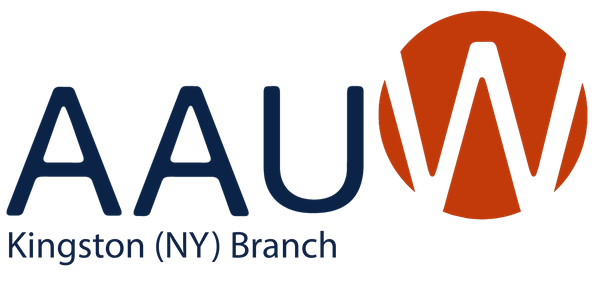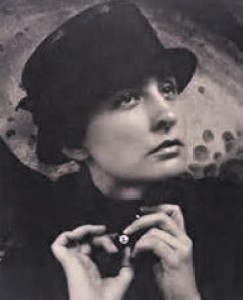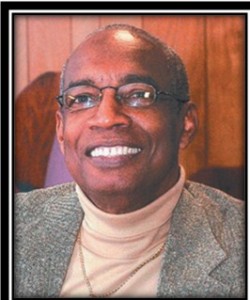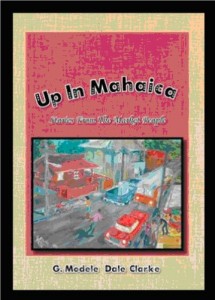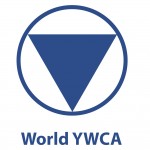AAUW and Linda Gold of Gourmet Art Tours LLC Present
Annapolis, Chesapeake Bay, and Baltimore
August 20 – 22, 2013
Cost: $750 per person based on double occupancy
Single supplement $200 additional
Slip away and treat yourself to 3 days of magnificent art, the best seafood, and an excursion on a private chartered schooner. Annapolis, the capital of Maryland, is a historic seaport situated along the Chesapeake Bay. It is known for sailing, restaurants that serve famous “blue crabs,” and the United States Naval Academy. This wonderful trip combines a stay at the premier waterfront hotel in Annapolis, sailing on a gorgeous 74 foot schooner, and time to explore the charming city of Annapolis. With a full moon and warm August nights, we’ll dine at two special restaurants directly on the water. Best of all, we’ll visit the Baltimore Museum of Art (BMA) which has the largest collection of works by Henri Matisse in the world.
The bus departs Tuesday, August 20 at 8am from the back of the former Ames in the Kingston Plaza. It returns Thursday, August 22 at approximately 9:30pm. Accommodations are located right on the harbor at the recently renovated Marriott Waterfront Hotel, only a block from the center of town. All rooms have comfy comforters, plush bathrobes, satellite TV, air conditioning, in-room movies, mini-bars and complimentary coffee and tea. The hotel has a restaurant, bar, concierge service, and fitness center.
The fee covers the luxury coach, champagne and wine served en route, accommodations for 2 nights, all gratuities, handling of one piece of luggage, and 7 wonderful meals (two lunches are dutch treat). The trip also includes the private schooner sail with wine, and admission to the Baltimore Museum of Art.
Day 1 begins with a champagne breakfast on the bus, followed by sandwiches for lunch later in the trip. We’ll have time to check in and unpack before boarding our chartered schooner for a two-hour sail on the Chesapeake Bay (weather permitting of course). With a glass of wine in hand, we’ll unwind as the sails go up, and sit back to savor the experience. After the boat docks, we’ll have dinner at Mike’s Crab House, located right on the water. Blue crabs have historically symbolized the beauty, bounty, and energy of the Chesapeake Bay. We’ll have the opportunity to feast on steamed crabs as an appetizer – hammer in hand, paper covering the tables and melted butter for dipping. After that, our dinner will begin with the entrée selections below, including the best crab soup and crab cakes you’ve ever tasted – all specialties of the area. Other entrée options are available for non-shellfish lovers.
Day 2 begins with a full breakfast buffet at our hotel before boarding the bus for the short ride to The Baltimore Museum of Art. Founded in 1914 with a single painting, the museum today has 90,000 works of art – including the largest holding of works by Matisse in the world. The Cone sisters, Dr. Claribel and Miss Etta, were natives of Baltimore and became collectors of some of the most innovative art of their time. They visited Gertrude Stein and her brother Leo in Paris during their annual trips to Europe, and through them, became acquainted with a wide circle of artists, musicians and writers who influenced their collecting. At a time when critics disparaged Matisse, and Picasso was virtually unknown, the Cones followed their passions and amassed one of the world’s greatest art collections. Matisse fondly called Claribel and Etta “my two Baltimore ladies.” They acquired masterpieces by Picasso, Cezanne, van Gogh and Renoir as well as a variety of textiles, jewelry, furniture and African, Asian, and Near Eastern art. They displayed these works in their Baltimore apartments until, after Etta’s death in 1949, Claribel gave the collection to the Baltimore Museum of Art. We’ll see the entire Cone Collection including a virtual tour of the Cone sisters’ apartments, navigating through the corridors and rooms, immersed in the environment in which they lived. All in all, it’s a supreme art experience. Lunch is dutch treat in Gertrudes, the lovely museum restaurant. Upon returning to Annapolis, there will be time to rest before dinner, browse in the shops, or sip a cocktail in the hotel lounge. Dinner that night is at Carol’s Creek, a lovely restaurant on the water with a view of the sailboats and bustling harbor. Please see below for entrée selections.
Day 3 begins with a full buffet breakfast at our hotel. The morning will be spent as you wish: discovering the shops, cafés and picturesque winding streets in town, enjoying a beverage by the water while watching the boats go by, or choosing to visit the US Naval Academy Museum (optional). This museum is located on the grounds of the US Naval Academy, a short walk from our hotel, and has displays that combine historical artifacts with video and audio technology to bring to life the stories of the men and women who have served their country at sea. The Museum’s holdings include ship models, paintings, prints, flags, uniforms, swords, firearms, medals, sculptures, manuscripts, rare books, photographs, ship instruments and gear. The visit will be a memorable one. Lunch is on your own in town or at the hotel (we’ll give suggestions). At approximately 3pm, we’ll pick up our box dinners, board the bus, sip a glass of wine, and share memories of a quintessential Maryland experience.
TO RESERVE
Make your check payable to AAUW, include your home and cell phone numbers and email address, and mail to: Linda Gold, 1 Jacobs Lane, New Paltz, NY 12561. For further information, call Linda at 845-255-5256 or email artladyLG@aol.com. Specify “art tours” in the space for “subject.” Since the hotel is small and we will be reserving a large block of rooms during their high season, we will need a minimum of 25 reservations (with deposits) by Wednesday, June 19, in order to hold the rooms. A $200 non-refundable deposit is due with your reservation and final payment is due by Tuesday, July 23. There will be no refunds unless your spot is filled.
Choose one of the following entrée selections for each meal. Include your selection with your reservation.
Lunch en route to Annapolis
Choose one sandwich:
- Roast Beef
- Ham and Cheese
- Chicken Salad
- Vegetarian
Mike’s Crab House
(Includes appetizer of steamed Blue Crabs, cup of veg crab soup, corn on the cob, fries, salad bar, coffee. tea. soda and dessert.)
Choose one entrée:
- Maryland Lump Crab Cakes
- BBQ Ribs
- NY Strip Steak
- Fried Jumbo Shrimp Platter
Carol’s Creek Waterfront Restaurant
(Includes salad, cream of crab soup, rolls, ice tea, coffee, dessert.
Choose one entrée:
- Maryland Jumbo Lump Crab Cake served with garlic and herb red bliss potatoes, seasonal vegetables and a mustard vinaigrette
- Grilled Filet Mignon, served medium-rare, with caramelized sweet onions, wild mushroom sauté, scalloped potatoes and merlot glace de viande
- Herb Encrusted Rockfish, roasted and served over sun dried tomato pesto risotto, sautéed baby spinach, jumbo lump crab and lemon butter sauce
//
//
